Illicinae
Illex
Michael Vecchione and Richard E. Young


This tree diagram shows the relationships between several groups of organisms.
The root of the current tree connects the organisms featured in this tree to their containing group and the rest of the Tree of Life. The basal branching point in the tree represents the ancestor of the other groups in the tree. This ancestor diversified over time into several descendent subgroups, which are represented as internal nodes and terminal taxa to the right.

You can click on the root to travel down the Tree of Life all the way to the root of all Life, and you can click on the names of descendent subgroups to travel up the Tree of Life all the way to individual species.
For more information on ToL tree formatting, please see Interpreting the Tree or Classification. To learn more about phylogenetic trees, please visit our Phylogenetic Biology pages.
close boxIntroduction
This subfamily, as currently recognized, contains only the genus Illex. These are commercially important species found in neritic waters of the North and South Atlantic (Roper et al., 1998). The number of species in the North Atlantic has been controversial, with the validity of I. oxygonius repeatedly questioned. Carlini et al. (2006) used molecular methods to confirm that three species are present in the North Atlantic. Since I. oxygonius occupies waters where the distributions of I. illecebrosus and I. coindetii overlap, it could represent a hybrid of these species (Roper, et al., 1998). Morphological identification of specimens, even mature males, can be quite difficult since all four species exhibit considerable intraspecific morphological variability; no single character will allow consistent identification of species (Roper, et al., 1998).
Brief diagnosis:
Ommastrephids with ...
- suckers in eight series on tentacular club dactylus.
Characteristics
- Arms
- Either right or left ventral arm hectocotylized.
- Distal portion of hectocotylus without protective membranes.
- Tentacles
- Large, medial club suckers with smooth or bluntly crenulated inner rings.
- Dactylus of tentacular club with suckers in eight series.
- Carpal locking-apparatus absent.
 Click on an image to view larger version & data in a new window
Click on an image to view larger version & data in a new window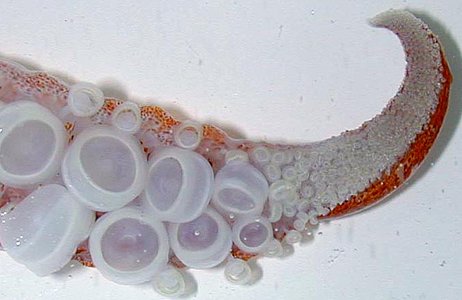
Figure. Oral view of the dactylus of the tentacular club of Illex sp. Photograph by M. Vecchione.
- Head
- Funnel groove without foveola or side pockets.
- Funnel groove without foveola or side pockets.
- Funnel
- Funnel/mantle locking apparatus with simple inverted T-shape.
- Funnel/mantle locking apparatus with simple inverted T-shape.
- Photophores
- Photophores absent.
- Photophores absent.
- Comparison of species
I. illecebrosus
I. coindetii
I. argentinus
I. oxygonius
Hectocotylus midsection with
papillose, fringed flaps
No Yes No No Largest distal medial manal club-sucker dentition
Smooth
7-8 broad, flat teeth
Smooth or few notches
Smooth
Longest arm (arm II or III)
~ 50% ML
~ 60% ML
~ 70% ML
~ 55% ML
Length distal portion of hectocotylus
~ 22 % ML
~ 25 % ML
~ 50 % ML
~ 29 % ML
Length proximal bare portion of hectocotylus
~ 10 % ML
~ 13 % ML
~ 10 % ML
~ 4 % ML
Behavior
All species of Illex appear to congregrate, at least on occasion, near the ocean floor and spend time sitting on the ocean floor.
Distribution
Species of Illex are found only in the Atlantic Ocean -- Western Atlantic Ocean from equator to Iceland and from southern Brazil to Patagonia, and eastern Atlantic from 20°S to 60°N, including Mediterranean Sea. These species are generally confined to continental shelf and slope areas, or nearby oceanic waters, perhaps because of their habit of sitting on the bottom at depths of up to 1000 m.
References
Carlini, D.B., L.K. Kunkle, and M. Vecchione. 2006. A molecular systematic evaluation of the squid genus Illex (Cephalopoda: Ommastrephidae) in the North Atlantic Ocean and Mediterranean Sea. Molec. Phylog. Evol. 41:496-502.
Roper, C.F.E., C. C. Lu, and M. Vecchione. 1998. Systematics and distribution of Illex species; a revision (Cephalopoda, Ommastrephidae). In: Voss, N.A., et al. (eds.) Systematics and Biogeography of Cephalopods. Smithson. Contr. Zool. 586:405-423.
Title Illustrations

| Scientific Name | Illex illecebrosus |
|---|---|
| Location | Continental slope waters off N.E. USA at 39.9°N, 70.1°W and 800 m depth. |
| Acknowledgements | Officers, crew, ROV operators and scientists of the NOAA R/V OKEANOS EXPLORER. |
| Specimen Condition | Live Specimen |
| Identified By | Michael Vecchione |
| Behavior | Squid eating a fish held between its arms. |
| View | Dorsal |
About This Page
Michael Vecchione

National Museum of Natural History, Washington, D. C. , USA
Richard E. Young

University of Hawaii, Honolulu, HI, USA
Page copyright © 2018 Michael Vecchione and Richard E. Young
 Page: Tree of Life
Illicinae . Illex .
Authored by
Michael Vecchione and Richard E. Young.
The TEXT of this page is licensed under the
Creative Commons Attribution-NonCommercial License - Version 3.0. Note that images and other media
featured on this page are each governed by their own license, and they may or may not be available
for reuse. Click on an image or a media link to access the media data window, which provides the
relevant licensing information. For the general terms and conditions of ToL material reuse and
redistribution, please see the Tree of Life Copyright
Policies.
Page: Tree of Life
Illicinae . Illex .
Authored by
Michael Vecchione and Richard E. Young.
The TEXT of this page is licensed under the
Creative Commons Attribution-NonCommercial License - Version 3.0. Note that images and other media
featured on this page are each governed by their own license, and they may or may not be available
for reuse. Click on an image or a media link to access the media data window, which provides the
relevant licensing information. For the general terms and conditions of ToL material reuse and
redistribution, please see the Tree of Life Copyright
Policies.
- First online 06 April 2007
- Content changed 20 February 2018
Citing this page:
Vecchione, Michael and Richard E. Young. 2018. Illicinae . Illex . Version 20 February 2018 (under construction). http://tolweb.org/Illex/19940/2018.02.20 in The Tree of Life Web Project, http://tolweb.org/




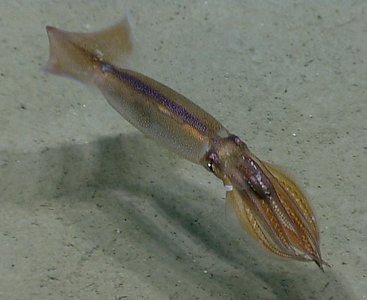
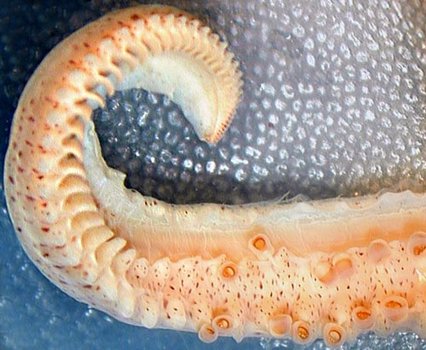

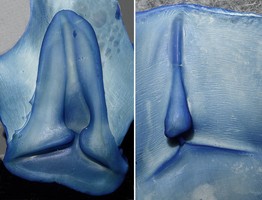
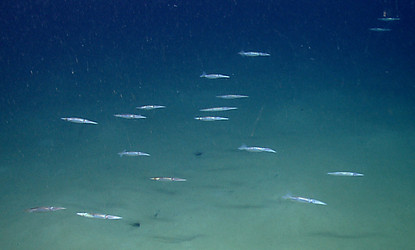
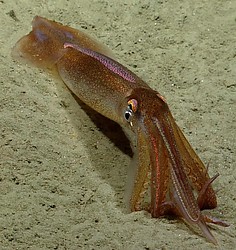
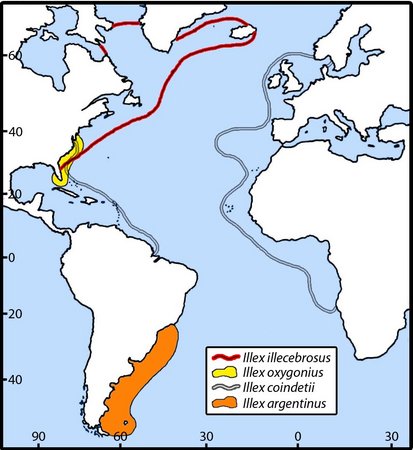
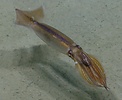

 Go to quick links
Go to quick search
Go to navigation for this section of the ToL site
Go to detailed links for the ToL site
Go to quick links
Go to quick search
Go to navigation for this section of the ToL site
Go to detailed links for the ToL site